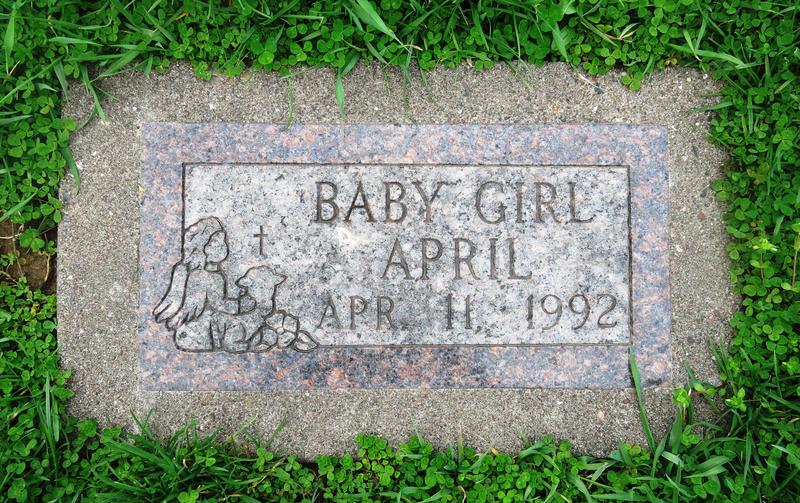PayrollNerd
Well-Known Member
- Joined
- Feb 3, 2018
- Messages
- 17,653
- Reaction score
- 103,738
I think this is the correct thread for this article. If not, my apologies. I found it very interesting.
Cops Are Getting a New Tool For Family-Tree Sleuthing
Verogen’s push into public crime labs with genetic genealogy may help solve more cold cases, but it raises concerns about DNA data collection.
Verogen, the foremost provider of next-generation DNA testing services for law enforcement, has spent the better part of this year developing a new test kit aimed at making genetic genealogy investigations both more convenient and more feasible to use for a wider range of crime scene samples. The fit-for-purpose genetic genealogy panel promises to push this still unregulated method toward becoming a mainstay of modern-day police work. “We think it’s going to be a real door-opener for public crime labs to get into next-generation sequencing,”
Cops Are Getting a New Tool For Family-Tree Sleuthing
Verogen’s push into public crime labs with genetic genealogy may help solve more cold cases, but it raises concerns about DNA data collection.
Verogen, the foremost provider of next-generation DNA testing services for law enforcement, has spent the better part of this year developing a new test kit aimed at making genetic genealogy investigations both more convenient and more feasible to use for a wider range of crime scene samples. The fit-for-purpose genetic genealogy panel promises to push this still unregulated method toward becoming a mainstay of modern-day police work. “We think it’s going to be a real door-opener for public crime labs to get into next-generation sequencing,”


